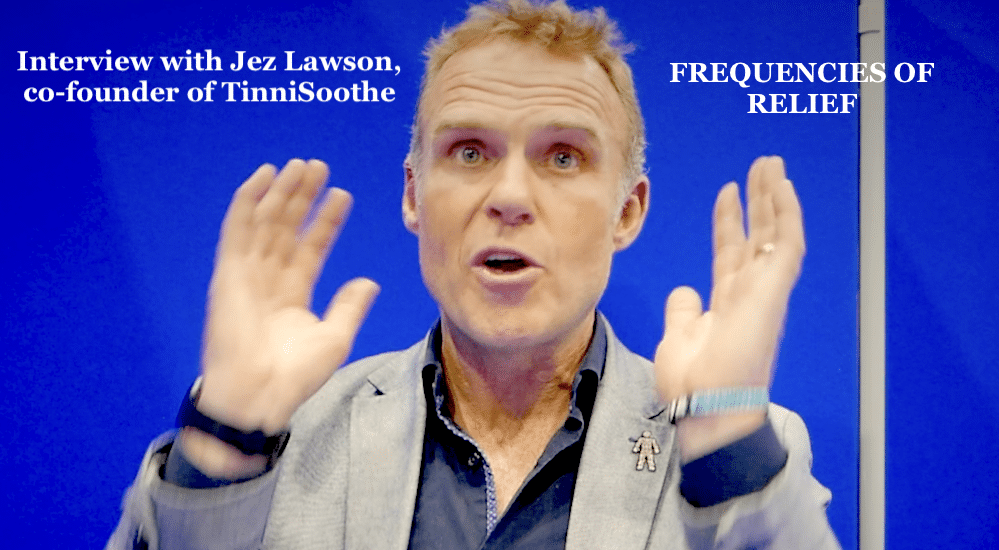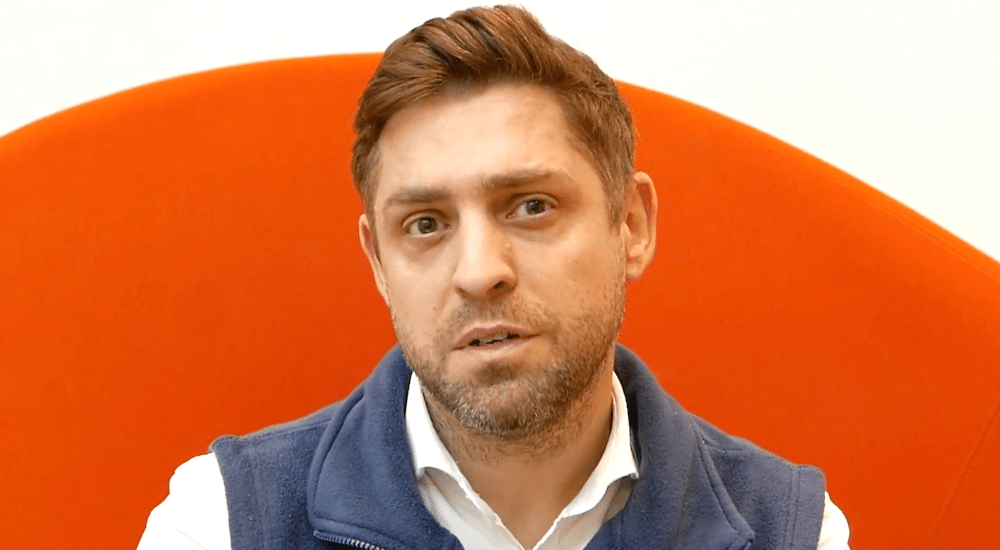Differences in impact of noise between children and adults
Research
New research has shown that noise is more distracting to a child’s brain than an adult’s, reports the Washington Times.

The results of the research were presented at a meeting of the American Association for the Advancement of Science (AAAS) held in mid-February. “What a child hears in a noisy environment is not what an adult hears,” said Dr Lori Leibold of Boys Town National Research Hospital in Omaha, Nebraska.
The research simulated background noise in a series of experiments by playing recordings of people reading and talking while testing how easily children were able to detect words they knew, such as “playground”. Findings showed that young children could only understand speech and process it properly in relatively low background noise. At higher noise levels, much of what was said was missed.
This is particularly important for the learning process in children, who learn language simply by hearing speech. However, according to Dr. Rochelle Newman from the University of Maryland, an adult’s experienced brain automatically substitutes a logical choice for missing information but this is not possible to the same extent in children.
The researchers added that poor speech understanding is not only a problem in younger children since the ability to understand and process speech in background noise only matures fully in adolescence. “We tend to think bustling environments and creating background noise is stimulating for kids,” said child language specialist Nan Bernstein Ratner. “But what’s stimulating on the part of the parent may not be for the child.”
Source: The Washington Times
 Sign in
Sign in

